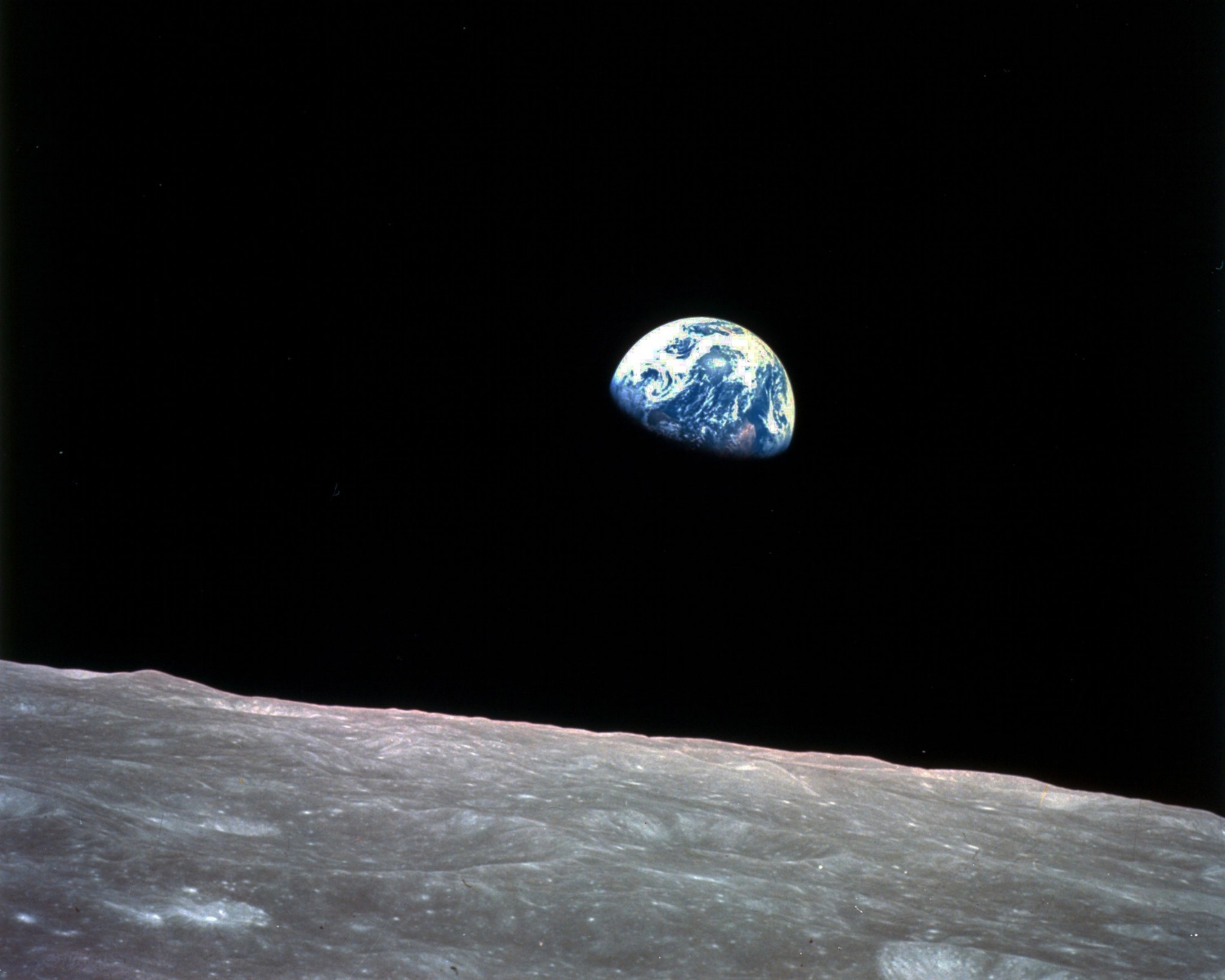This article is more than
7 year old
In 1968, the astronaut William Anders looked out from his moon-circling Apollo 8 capsule and saw the mottled blue Earth emerging over the gray lunar horizon. It was the first time anyone had seen an Earthrise, and the picture he snapped became iconic.
In it, our world appears lonely and fragile set against the blackness of space. Fifty years later, Mr. Anders’s picture remains a visual shorthand for the pressing need to save the planet from our worst behavior. But what if we’ve misunderstood the real meaning of that image? What does it even mean to “save” the Earth?
If Mr. Anders’s spaceship had crested the moon 55 million years earlier, he would have found a sweltering jungle planet so warm it was almost entirely devoid of ice and snow. On a visit around 700 million years ago, he would have stared at a “snowball” Earth almost entirely covered in miles-thick layers of ice. And if he touched down on our planet three billion years ago, his first experience, should he take off his flight helmet, would have been a quick death by asphyxiation. That Earth, already home to life, had air but no oxygen.
Read More (...)